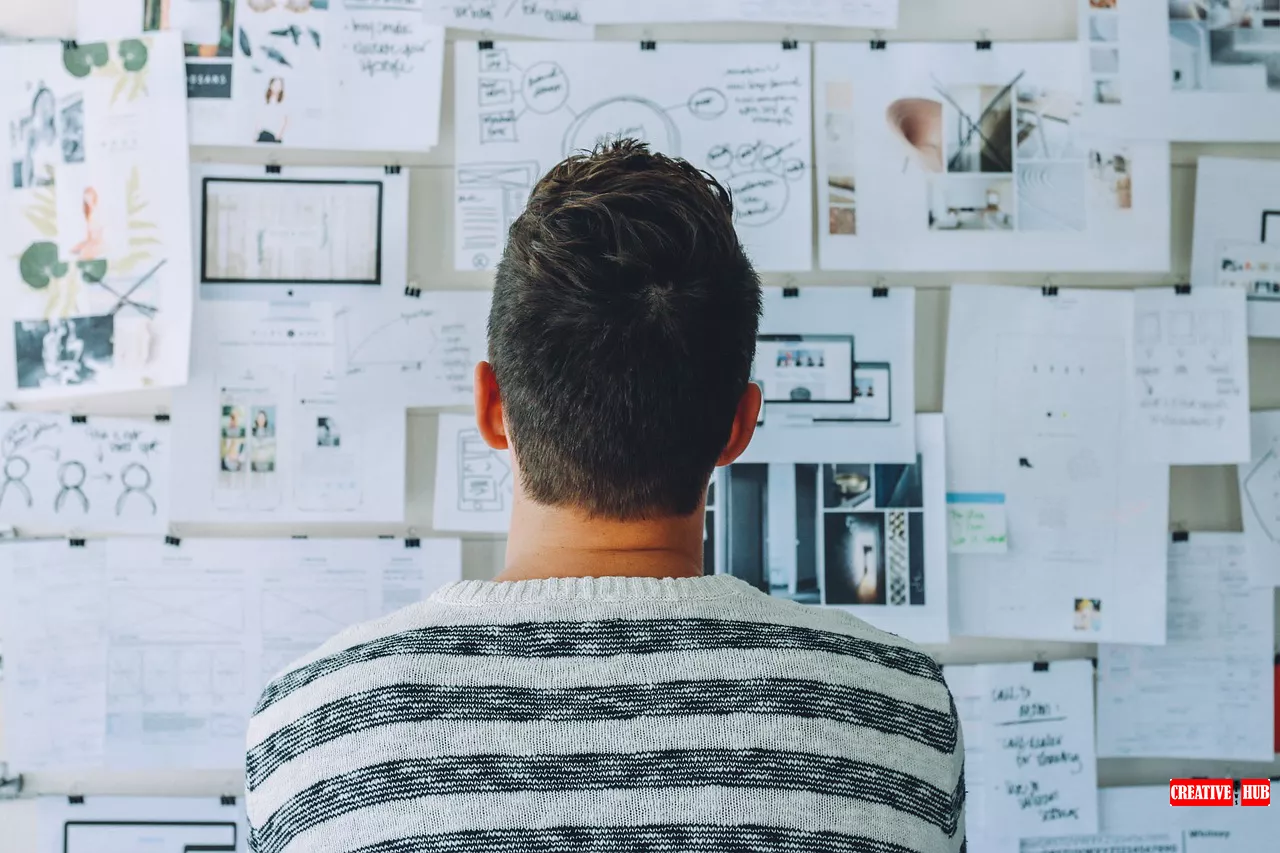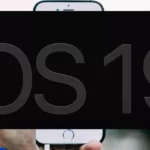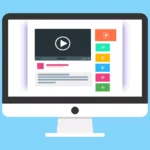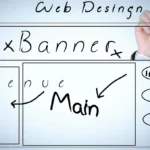The world of design is ever-evolving, and new tools are emerging to push the boundaries of creativity. In January 2025, designers were greeted with innovative tools that promise to revolutionize workflows and inspire fresh ideas. These tools are not just about efficiency; they are about unlocking new realms of creativity. From artificial intelligence to intuitive design platforms, each tool offers unique features that cater to the diverse needs of modern designers.
A New Era for Designers
As we enter 2025, designers are equipped with more powerful tools than ever. These tools are designed to streamline processes, allowing designers to focus more on creativity and less on logistics. The latest offerings include AI-driven platforms that can predict design trends, automate repetitive tasks, and suggest color palettes and layouts based on user preferences. This technological leap is not just about speed—it’s about enhancing the creative process itself.
The Role of AI in Design
Artificial Intelligence has become a game-changer in the design industry. AI tools can now learn from past designs, understand user behavior, and generate content that resonates with audiences. For instance, platforms like Adobe’s Sensei use AI to automate mundane tasks such as cropping images or organizing layers, freeing up designers to focus on the more creative aspects of their work. Moreover, AI-driven tools can provide data-driven insights that help designers make informed decisions, ultimately leading to more impactful designs.
Streamlined Workflows with New Platforms
New design platforms are being developed with a focus on simplicity and efficiency. These platforms integrate various aspects of the design process, from ideation to execution, into a cohesive workflow.
Tools like Figma and Sketch continually update their features to include more collaborative options, allowing designers to work seamlessly with clients and team members worldwide. This collaborative edge speeds up the design process and fosters a more dynamic creative environment.
Inspiration at the Click of a Button
Creativity often requires inspiration, and the latest tools are designed to provide just that. With features like mood boards, customizable templates, and access to vast libraries of design elements, designers can quickly gather inspiration and translate it into their projects.

These tools offer real-time feedback and suggestions, helping designers refine their ideas and push their creative boundaries. As a result, designers can experiment more freely, leading to innovative and unique designs.
Expert Insights on the Future of Design
Industry experts predict that integrating AI and intuitive platforms will continue to shape the future of design. According to John Doe, a renowned design strategist, “The tools we are seeing today are just the beginning. We can expect even more personalized and intelligent design solutions that cater to individual creative processes as technology advances.” Many in the industry echo this sentiment, believing these tools will enhance creativity and democratize design by making powerful tools accessible to everyone.
The Impact on the Design Community
introduction of these new tools is expected to impact the design community significantly. By making complex processes more accessible, these tools allow designers of all skill levels to create high-quality work. This democratization of design tools will likely lead to a more diverse range of creative outputs, as more voices and perspectives can contribute to the design landscape.
Furthermore, as designers become more efficient, they can take on more projects and explore new creative avenues, leading to a richer and more varied design ecosystem.
As we move into 2025, the design world is poised for an exciting transformation. Designers can work smarter and explore new creative territories with the right tools. These tools are not just about making design easier; they are about making design more innovative, inclusive, and inspiring. As designers continue embracing these new technologies, the possibilities for creativity are limitless.
Challenges and Considerations
Despite the promising advancements, integrating these new tools is not without challenges. One of the primary concerns is the learning curve associated with adopting new technologies. Designers, mainly those accustomed to traditional methods, may find transitioning to AI-driven platforms and advanced design software daunting.
There is a growing conversation about the ethical implications of AI in design. Questions regarding data privacy, the potential for homogenizing creative outputs, and the role of human intuition in an increasingly automated environment are being actively debated.
Companies are investing in comprehensive training programs and user-friendly interfaces to address these concerns to ease the transition. Furthermore, there is a push for transparency in how AI algorithms are developed and utilized, ensuring that designers retain control over their creative processes. As a prominent ethical technology advocate, Jane Smith says, “The key is to strike a balance between leveraging technology and preserving the unique human touch that defines great design.”
Looking Ahead: What to Expect
As we anticipate future developments, experts suggest that the next wave of innovation will focus on enhancing user experience and personalization. Augmented Reality (AR) and Virtual Reality (VR) are expected to play a significant role, providing immersive design experiences that allow real-time interaction and feedback. These technologies could revolutionize how designers prototype and present their work, offering clients a more tangible sense of the final product.
As sustainability becomes an increasingly critical consideration, design tools will likely incorporate features that help designers make environmentally conscious decisions. This might include options for optimizing materials, reducing waste, selecting sustainable resources, and aligning design practices with global sustainability goals.
Embracing the Future
The design industry is poised for a new era, driven by technological advancements that promise to redefine creativity. While challenges remain, the potential benefits of these innovations are immense. By embracing these tools, designers can push the boundaries of what is possible, creating efficient, compelling, profoundly resonant, and impactful work. As the industry continues to evolve, the fusion of technology and creativity will undoubtedly lead to a more vibrant and dynamic design landscape, inspiring designers to reach new heights in their creative endeavors.
The Role of Education and Skill Development
Education and continuous skill development are crucial in preparing the next generation of designers in this rapidly changing landscape. Design schools and professional training programs increasingly incorporate AI, AR, and VR modules, ensuring students are well-versed in the latest technologies. These educational institutions also focus on teaching adaptable skills that allow designers to evolve with technological advancements.
Online platforms such as Coursera and Udemy offer specialized courses on new design tools and techniques, making it easier for professionals to upskill at their own pace. Mary Johnson, an educator at a leading design school, emphasizes, “Our goal is to equip students with technical skills and a mindset that embraces change and innovation. This adaptability will be key in navigating the future of design.”
The Importance of Collaboration and Community
As design tools advance, the importance of collaboration within the design community becomes increasingly apparent. Platforms that facilitate sharing and feedback foster a sense of community among designers, enabling them to learn from each other and grow collectively. Online forums, social media groups, and design meetups provide valuable spaces for designers to exchange ideas, showcase their work, and gain inspiration from peers worldwide.
This collaborative spirit is further enhanced by the rise of open-source design tools, which allow designers to contribute to and benefit from a shared pool of resources. By working together, designers can more effectively overcome challenges and push the boundaries of their creativity.
Final Thoughts: The Human Element in Design
As technology evolves within the design industry, the human aspect remains crucial. Qualities such as creativity, empathy, and intuition are beyond the reach of machines, and these traits are essential for creating impactful designs. While designers leverage new tools, they must incorporate these human characteristics into their work.
The future of design is not about replacing human creativity with machines but augmenting it. By combining technological capabilities with human insight, designers can create work that resonates deeper, addressing both functional needs and emotional connections. As we look ahead, the challenge and opportunity lie in finding the sweet spot where technology and humanity intersect, leading to a more meaningful and inspired design world.

Emma Smith is a passionate writer and content creator focused on the latest trends in the arts, design, and creative industries. With a keen eye for innovation and creativity, she shares insights and updates that inspire professionals and enthusiasts alike.








